In 2015 I bought the terahertz spectrometer business from my former employer. Having been the person who designed and developed these portable THz spectrometers over the last ten years, I simply couldn't let the technology vanish. While the spectrometers work very well and their cost has dropped dramatically over the last 5 years, there haven't been any real winning applications for the technology. The instruments that I have been manufacturing have been used almost exclusively for laboratory work even though they are portable. Then, in 2016, when purchasing a toy drone for my girlfriend's son it hit me: the THz spectrometers are small enough to fit on one of the larger consumer drones. Once on a drone, the spectrometer can be used to make point detection measurements of various gases of atmospheric importance such as: SO2, NOX, CO, CO2, H2O and Methyl Mercaptan (added to natural gas). A drone based solution is important. This is because the THz systems aren't sensitive enough to do remote detection and the only chance for them to be applicable is if they can be right at the point of interest.
What I am going to document in this project, is my attempt to modify a portable THz spectrometer and attach it to a DJI-S1000. Along the way I hope to find collaborators and partners that will make this happen. I have only recently found someone with a DJI-S1000 that is interested in flying this experiment. Most importantly, his DJI-S1000 has a parachute :-). I expect there will be more partnerships as I move forward and more challenges are encountered.
The current plans are this: after initial test flights, I plan to fly the THz drone over fields or recreational areas that have been recently watered and measure how much water vapor is in the air. I will compare the measurements to more arid areas. These are the types of measurements that could be of interest to drought stricken Southern California but more importantly there should be little concern about flying the drones over these two areas. I don't think that the same could be said about flying a drone based spectrometer through the rising smoke from a power plant or a docked ship.
You may be asking "Why hasn't anyone done this before?" Two reasons that I can see. The first is that portable THz spectrometers are not common. The second is that the scientists that I have spoken to had a "Eureka" moment (like I did) when they realized that this isn't remote detection (which isn't possible) but point detection, which is.
 Joseph Demers
Joseph Demers

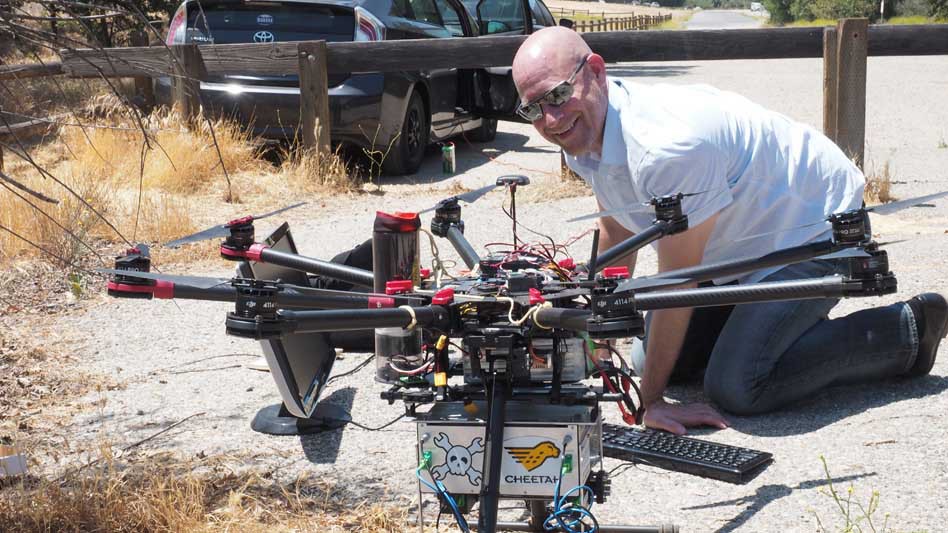

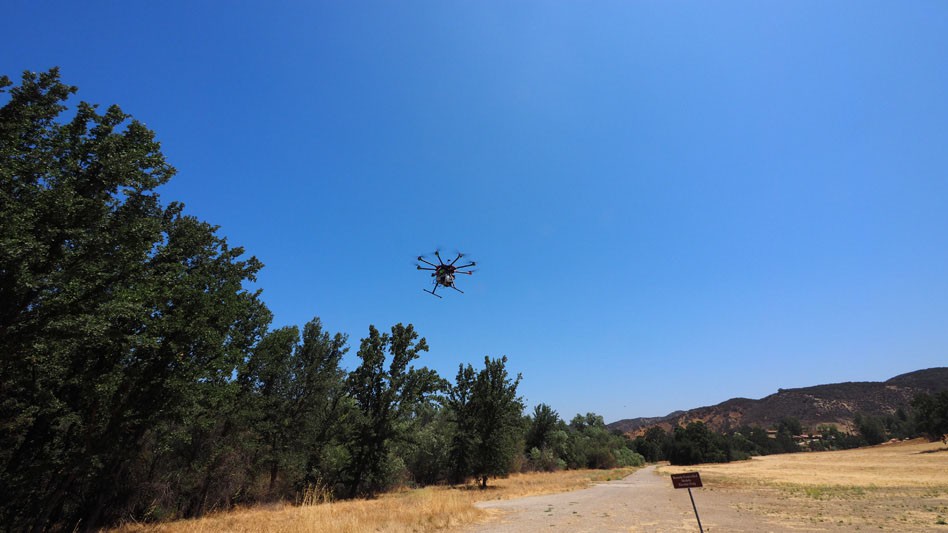

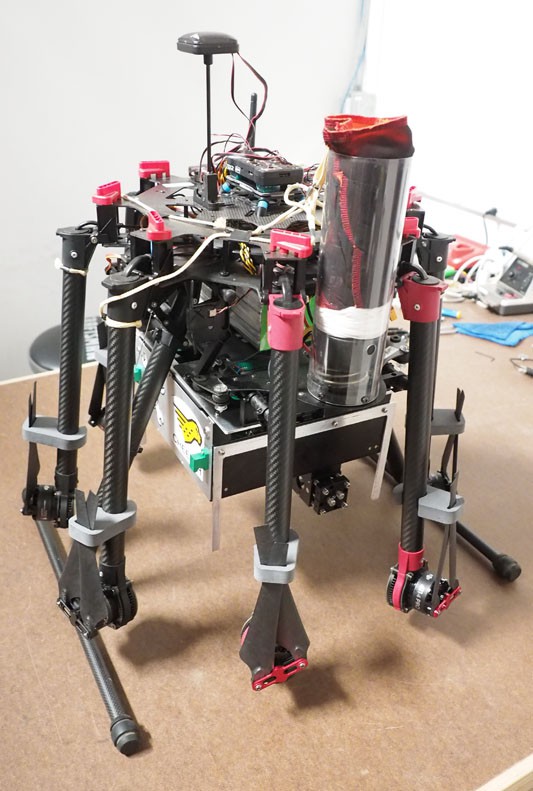
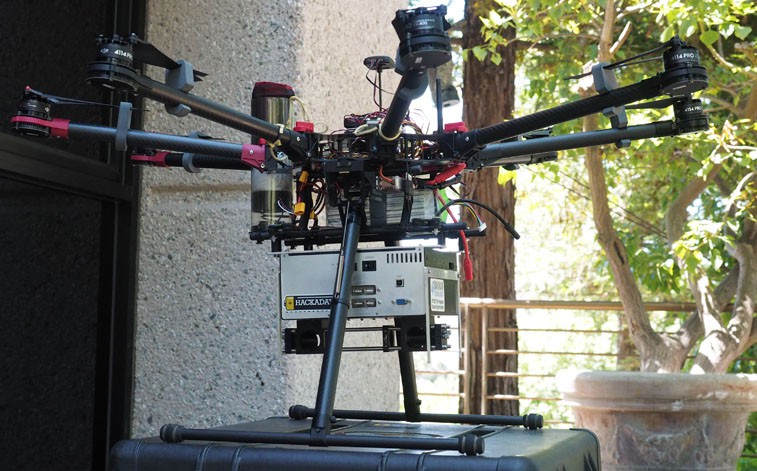
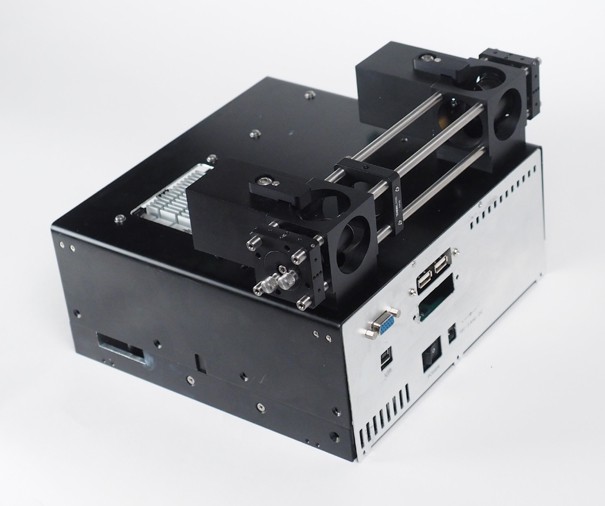
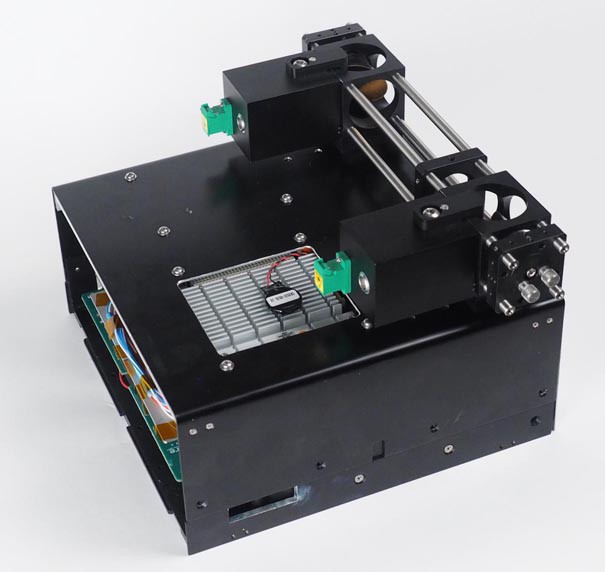




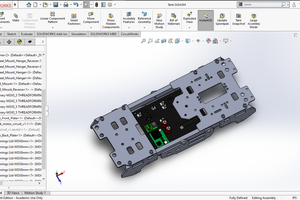
 jlbrian7
jlbrian7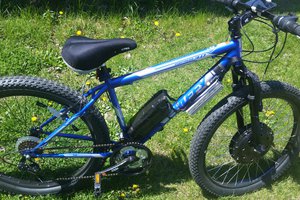
 Glytch
Glytch
 Non-ICE
Non-ICE
Hi, I don't get the purpose of the instrument, you forgot to mention that?
Also DJI drones are awful amd over priced
Build a tarot / rctimer / hobbyking combo you'll get better results for less money. I don't know what kind of fool would buy DJI
Are you going to make a product out of the instrument?